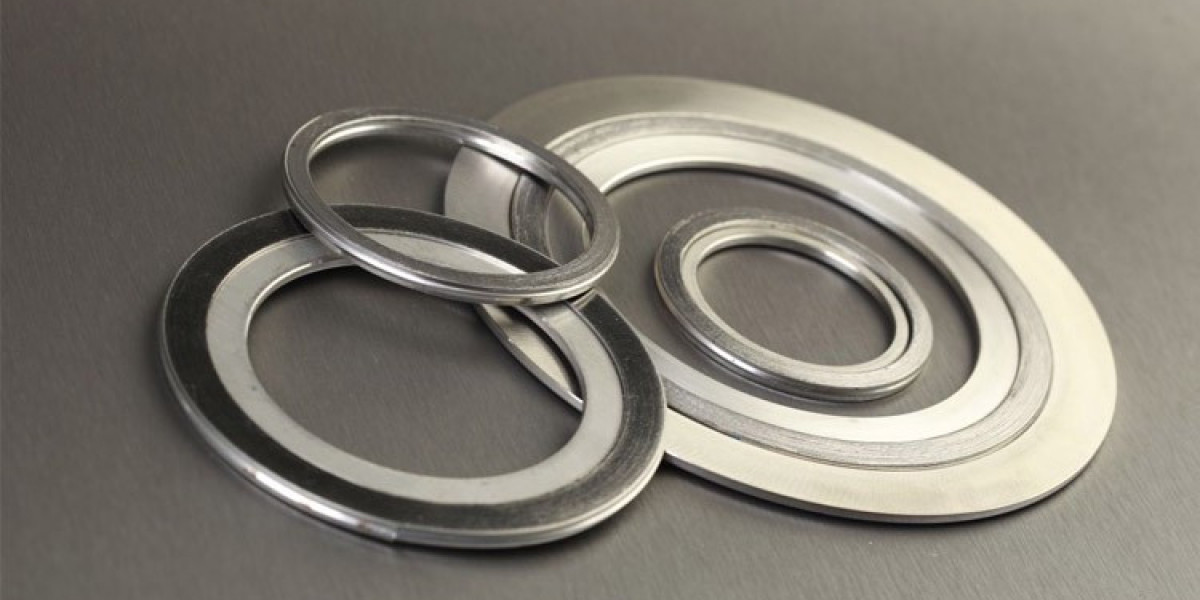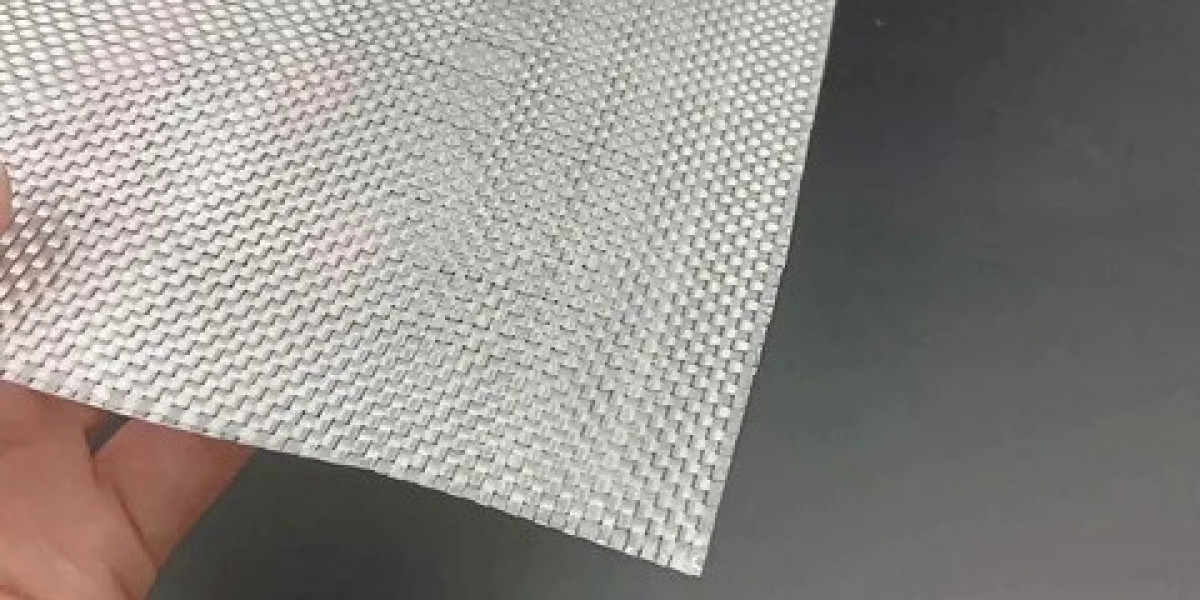Rhinoplasty, also known as a nose job, is a transformative procedure that can significantly enhance both the appearance and function of your nose. Whether you're undergoing rhinoplasty for cosmetic reasons, to improve breathing, or both, it's essential to know that the final results of the procedure take time to fully manifest. While the immediate effects of rhinoplasty may be visible shortly after surgery, it often takes several months, and sometimes even up to a year, to see the final outcome.
If you're considering Rhinoplasty in Islamabad or are currently recovering from the procedure, you may be wondering when you will see the final results. In this blog, we'll dive into the factors that affect the timeline for seeing the final results of rhinoplasty, as well as how you can manage your expectations during the recovery process.
The Phases of Rhinoplasty Recovery
Rhinoplasty recovery can be divided into several stages, each with its own set of changes and improvements. Understanding these phases will help you manage your expectations and know when to anticipate significant progress in your recovery.
1. Immediate Post-Surgery: The First Week
The first week after your rhinoplasty surgery will involve the most noticeable changes and the most discomfort. During this time, your nose will likely be swollen and bruised. You may also have splints or dressings inside your nose to support the nasal structure. It's common to experience congestion or difficulty breathing through your nose due to swelling and nasal packing.
While you may begin to notice the initial shape of your nose, it’s important to remember that it won’t yet be the final shape. Swelling and bruising can distort your perception of the nose, so be patient as your body begins its healing process.
2. The First Month: Initial Healing
By the end of the first month, the initial swelling and bruising will have subsided, although some swelling may still be present. At this point, you'll be able to get a better sense of the shape of your nose, though the full results are still not visible. The skin on your nose will begin to heal, and your nasal passages may feel less congested.
During this phase, most patients can return to work and resume light activities, although strenuous exercise should still be avoided. It’s important to follow your surgeon’s aftercare instructions carefully to promote healing and avoid complications.
3. Three to Six Months: Moderate Healing
Around the three-to-six-month mark, you’ll see more significant changes. The majority of the swelling will have gone down, especially on the tip of the nose. At this stage, you will likely see a clearer shape, and the contours of your nose will become more defined. However, there will still be some residual swelling beneath the skin, especially in the deeper layers.
While your nose may look much closer to its final appearance, it's still not the finished product. The healing process continues beneath the surface, and your nose will continue to settle into its new form.
4. Nine to Twelve Months: Most of the Swelling Subsides
By the nine-month mark, most of the swelling will have completely subsided, and you’ll begin to see nearly the final shape of your nose. However, it's not uncommon for subtle changes to continue to take place in the months following the nine-month mark. The skin on your nose continues to contract and adjust to its new shape.
During this phase, the final definition of the nasal tip and the contour of the nose will become more apparent. You will now have a much clearer idea of the final appearance of your nose, though very subtle changes may still be occurring in the structure.
5. One Year: The Final Results
It’s important to understand that rhinoplasty results continue to evolve, and it can take up to a year or longer for your nose to settle completely into its final form. While the vast majority of the swelling will have gone down by the 12-month mark, the subtle changes that occur after this time can still improve the overall appearance of your nose.
At the one-year point, you will be able to see the final result of your rhinoplasty. Your nose will have fully healed, and the shape, contour, and functionality will be in their final state. This is when you can fully appreciate the improvements made through rhinoplasty.
Factors That Affect the Timeline for Final Results
Several factors can influence how quickly you will see the final results of your rhinoplasty procedure. These factors can include:
1. Type of Rhinoplasty (Open vs. Closed)
There are two primary types of rhinoplasty: open and closed. In open rhinoplasty, a small incision is made across the columella (the tissue between the nostrils), while in closed rhinoplasty, all incisions are made inside the nostrils. Open rhinoplasty typically involves a longer recovery time due to the more invasive nature of the procedure. As such, patients who undergo open rhinoplasty may experience a longer wait for final results compared to those who have closed rhinoplasty.
2. Age and Skin Type
Age and skin type can play a significant role in the healing process. Younger patients tend to heal more quickly, while older patients may experience a slower recovery. Additionally, individuals with thicker skin may notice slower refinement in the definition of their nasal features compared to those with thinner skin. Thick skin can cause swelling to persist for a longer period of time, delaying the final results.
3. Surgical Technique and Complexity
The complexity of your rhinoplasty procedure will also influence the timeline for final results. For instance, if the surgery involved significant reshaping of the nasal structure or correction of a deviated septum, healing may take longer compared to more subtle changes. Surgeons may also use different techniques to achieve the desired outcome, and some techniques require more healing time.
4. Adherence to Aftercare Instructions
Following your surgeon's aftercare instructions is crucial for achieving optimal results. Proper care during the recovery phase can reduce the risk of complications, minimize swelling, and ensure your nose heals as intended. Avoiding smoking, refraining from strenuous physical activities, and managing swelling with ice packs and elevation are all essential for promoting healing.
Conclusion
Patience is key when it comes to seeing the final results of rhinoplasty. While you'll begin to notice improvements in the weeks and months following your surgery, it can take up to a year for your nose to fully settle into its final shape. Swelling will gradually subside, and subtle changes will continue to improve the appearance of your nose.
If you're considering or have already undergone the procedure, understanding the recovery timeline can help you manage your expectations and ensure a smoother recovery. For personalized care and expert guidance during your rhinoplasty journey, consider consulting with the professionals at SKN Cosmetics Clinic. Our team is dedicated to helping you achieve the aesthetic and functional results you desire, with the expertise to guide you every step of the way.









